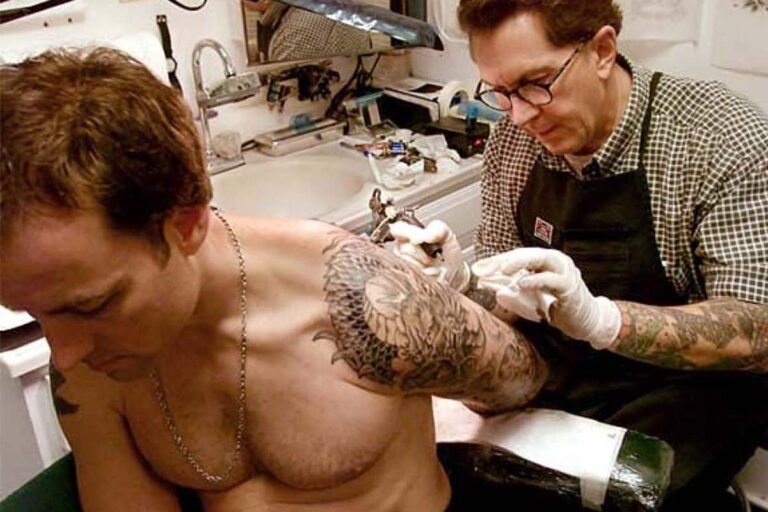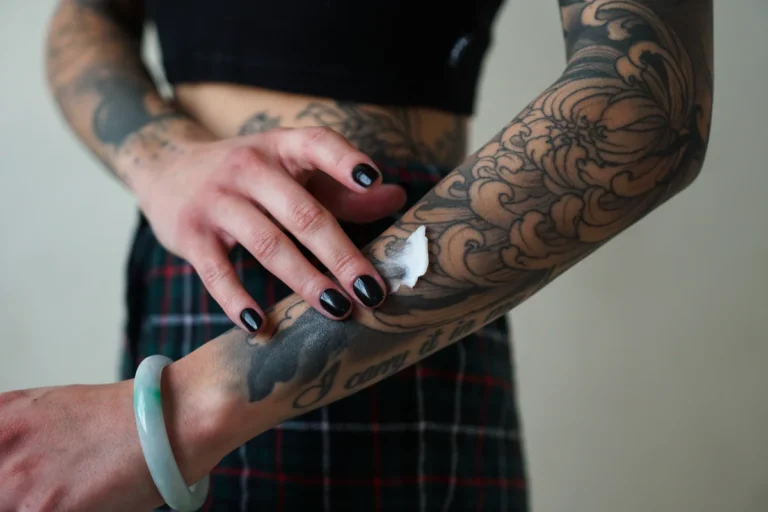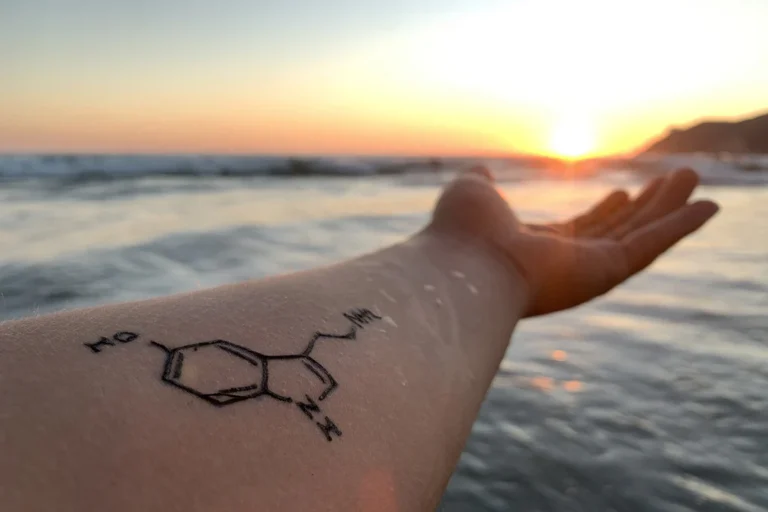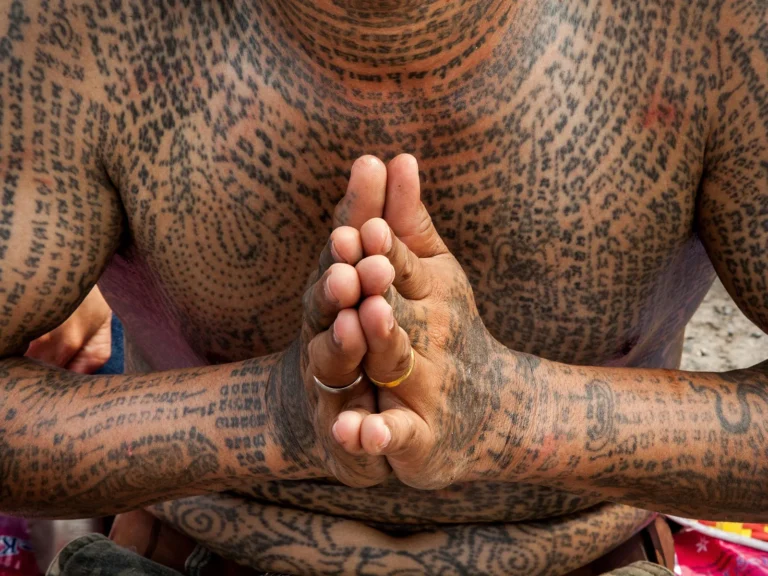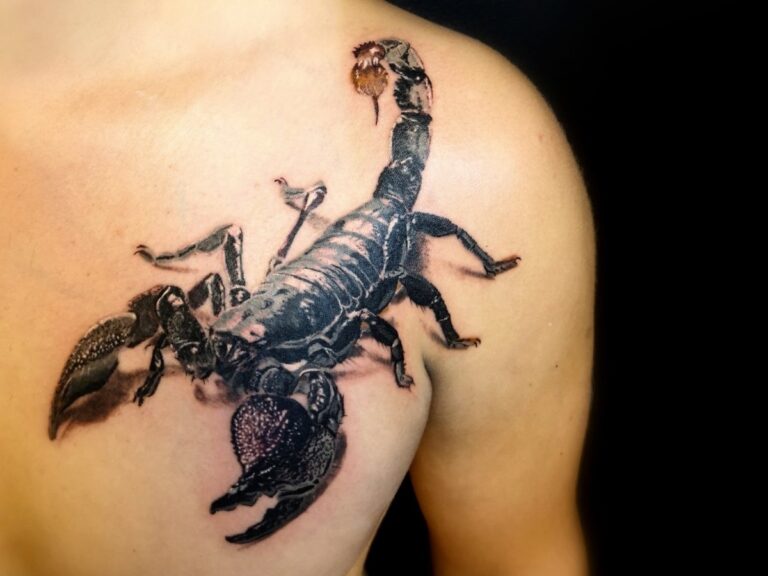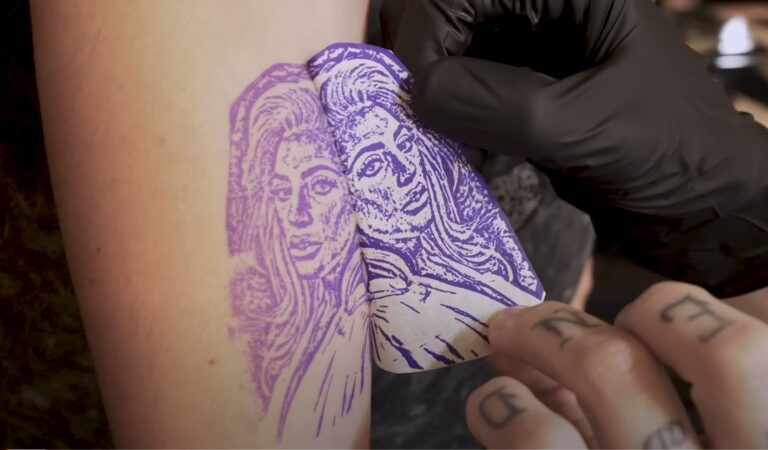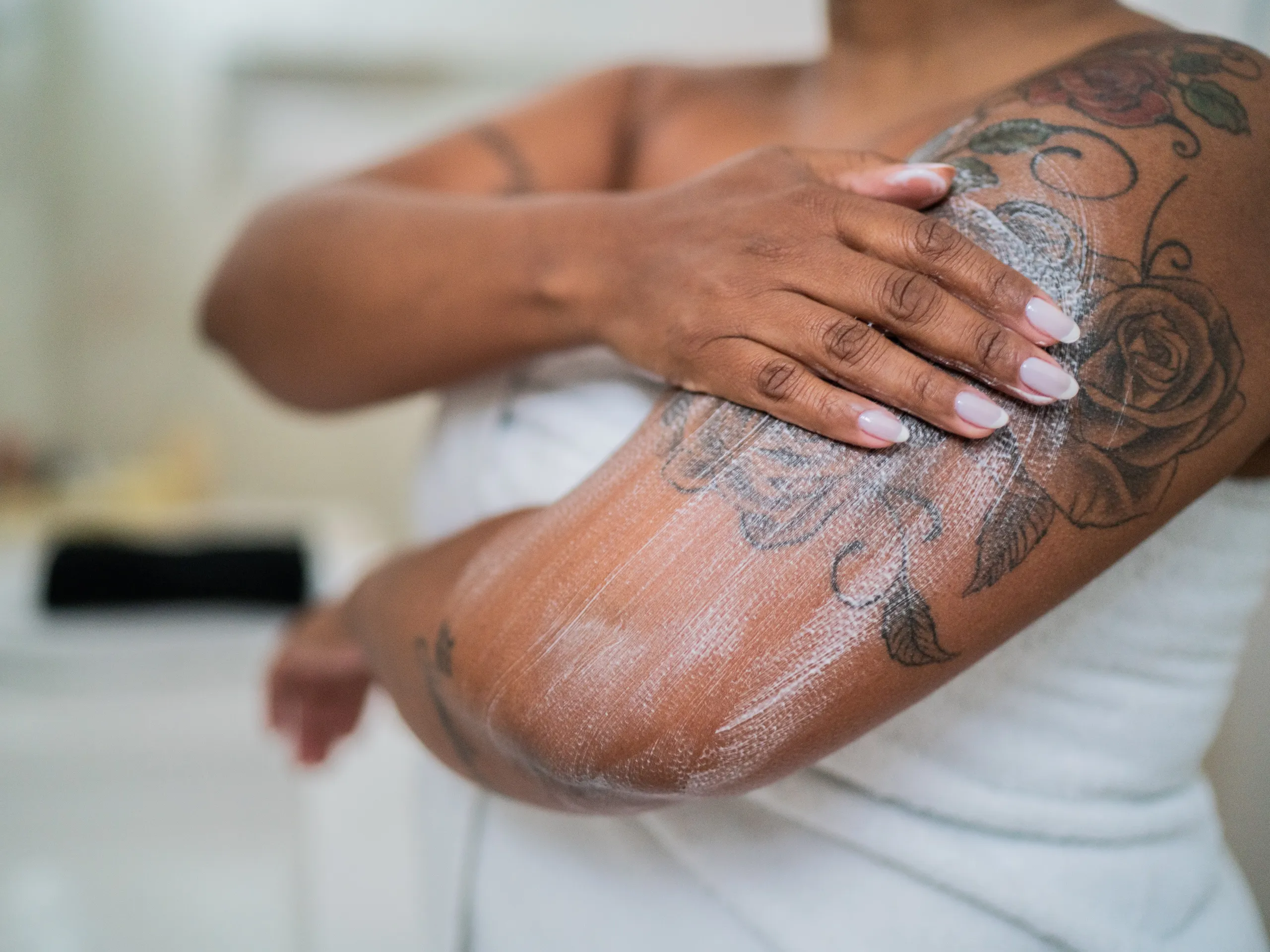Getting a tattoo is an exciting experience, but proper aftercare is crucial to ensure perfect healing.
Following the right steps from the moment you leave the studio can make a significant difference in how it heals and looks in the long run.
Here are the essential tattoo aftercare steps you must follow for optimal results.
Immediate Aftercare
Once your tattoo is completed, your artist will cover it with a bandage to protect it from bacteria and external irritants. It’s essential to keep this bandage on for at least 6 hours, or overnight if you’re comfortable.
The bandage acts as a barrier against dirt, bacteria, and other contaminants that can cause infections. Removing the bandage too soon can expose your fresh tattoo to harmful elements, potentially leading to complications.
First Night Care
On the first night, it’s common for your tattoo to bleed or weep plasma and ink. This is a normal part of the healing process. It can cause your tattoo to stick to clothes or bedding.
If this happens, avoid pulling the fabric off-dry. Instead, wet the area with lukewarm water to gently remove the fabric without causing damage to the tattooed skin.
Ensuring that you manage any sticking fabric properly will help prevent unnecessary irritation and maintain integrity.
Initial Cleaning
When it’s time to remove the bandage, wash your hands thoroughly before touching your tattoo.
Using unscented antibacterial soap and lukewarm water, gently clean the skin in a circular motion. Avoid using any washcloths or sponges that could be too harsh on the new one.
Pat the area dry with a clean paper towel, ensuring you don’t rub the skin. Let the tattoo air dry for about 10 minutes before moving on to the next step.
Cleaning and Moisturizing Routine
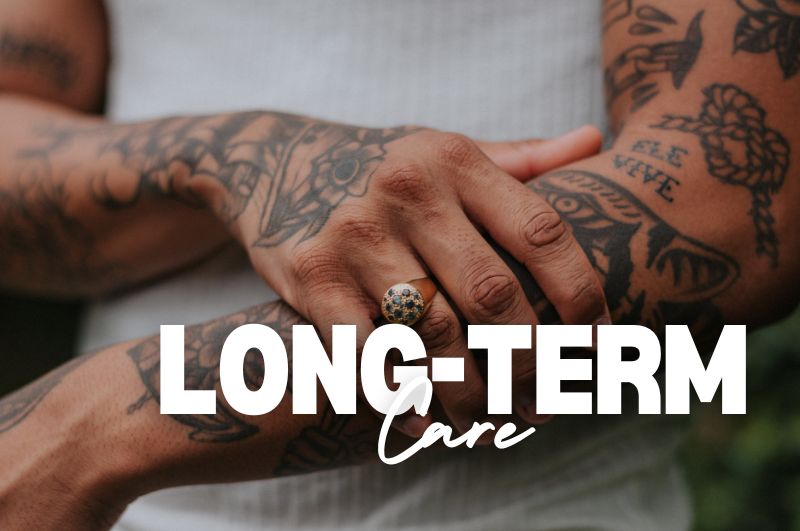
For the first 2-3 days, you should clean that particular area once a day with antibacterial soap and warm water. Use your hands to lather the soap and gently clean the tattooed area without scrubbing. Scrubbing can irritate the skin and damage the fresh ink.
After cleaning, pat the area dry with a clean paper towel. Maintaining a daily cleaning routine helps remove any bacteria and keeps it free from infections.
Moisturizing
Moisturizing is a vital part of the aftercare process. Apply a very thin layer of:
- Aquaphor
- Bacitracin
- Lubriderm
These products help keep the tattoo hydrated without suffocating it.
After the first week, switch to a regular, fragrance-free lotion for an additional two weeks.
Keeping the tattoo moisturized prevents the skin from drying out and cracking, which can affect the appearance.
Avoid Over-Moisturizing
While it’s important to keep your tattoo moisturized, over-moisturizing can be detrimental.
Applying too much ointment can suffocate the skin, preventing it from breathing and slowing down the healing process. Ensure your tattoo can breathe by applying only a thin layer of moisturizer each time.
General Care
During the initial healing phase, it’s crucial to protect your tattoo from direct sunlight and avoid submerging it in water.
Sun exposure can cause the tattoo to fade and damage the healing skin. Avoid swimming, baths, or any activities that involve submerging your tattoo in water for at least two weeks.
Instead, opt for quick showers to keep the skin clean without overexposing it to moisture. These precautions help prevent infections and ensure your skin heals properly.
Clothing
Choosing the right clothing can significantly impact the healing process. Wear loose, cotton clothing to minimize irritation and allow your skin to breathe.
Tight, dirty, or sweaty clothes can cause infections and disrupt the healing process by rubbing against the tattooed skin.
Opt for clean, soft fabrics that won’t stick to or irritate your skin.
Sleep
Sleep is an essential part of the healing process. If possible, sleep with your tattoo uncovered to allow it to breathe. Use clean, dark-colored bedding to avoid stains from any ink or plasma that may weep from the tattoo during the night.
Keeping the tattoo uncovered and in a clean environment reduces the risk of infection and promotes faster healing.
Long-Term Care
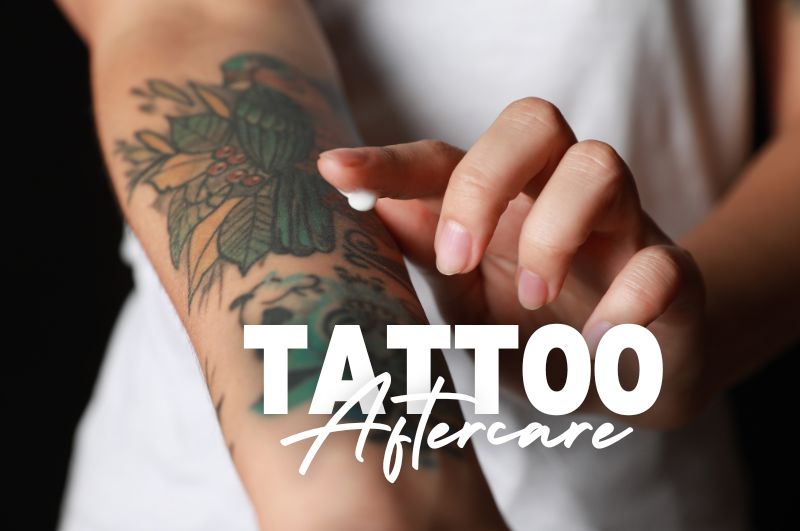
In the latter stages, you should follow the following things strictly:
Hydration
Staying hydrated is crucial for skin health, especially when healing a tattoo. Drink plenty of water and maintain a balanced diet to aid in the skin’s healing process.
Proper hydration keeps your skin supple and resilient, which helps your skin heal more efficiently and look better in the long run.
Sun Protection
After the initial healing period, protecting your tattoo from UV damage is vital. Use a high SPF sunscreen (50+) to shield it from the sun whenever it’s exposed.
UV rays can cause your tattoo to fade and deteriorate over time. Regularly applying sunscreen helps preserve the vibrancy and detail, ensuring it remains a beautiful piece of art on your skin.
Avoid Picking and Scratching
As your tattoo heals, it may start to itch and flake. Resist the urge to pick at scabs or scratch the area in question. Let any flaking skin fall off naturally.
Picking or scratching can damage the ink, cause scarring, and potentially remove some of the ink.
Keeping your hands off the tattoo helps ensure a smooth healing process and preserves the quality of the artwork.
The Bottom Line
Proper tattoo aftercare is essential to ensure that your new ink heals perfectly and looks its best for years to come.
By following the recommended steps—from keeping the initial bandage on for the right amount of time to maintaining a consistent cleaning and moisturizing routine—you can significantly reduce the risk of infections and other complications


